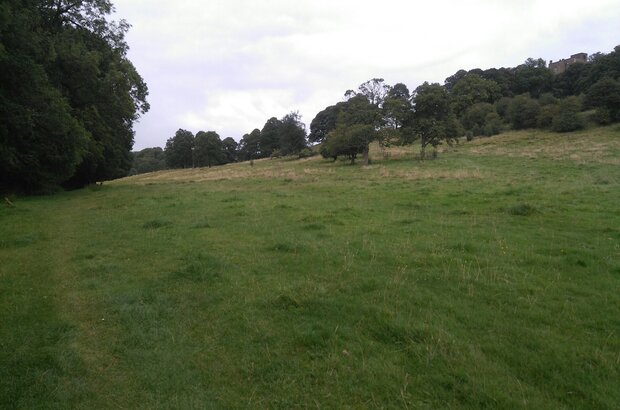
One area we’re exploring in tests and trials is the role that innovative payment mechanisms might play in our future environmental land management schemes.
These mechanisms haven’t been widely used, but they can offer a range of benefits. For example, by enabling farmers to have a say in how much they get paid for delivering certain actions.
They can also attract support from the private sector. With more funding there is the potential for bigger, better environmental outcomes.
Today, we share what we’ve learned about reverse auctions so far in tests and trials.
Reverse auctions
A reverse auction is a way of determining a price for something. It is one of the options we’re looking at for how we could fund the delivery of environmental land management. For example, species recovery and natural flood management.
In a reverse auction, several farmers or farmer groups would propose the amount of funding they would need to deliver a package of environmental measures on their land.
The funding would be awarded to the bid with the best value for money. This might be the lowest price, but it could also be the bid which is most likely to deliver successful environmental outcomes.
To date, 129 farmers have participated in 6 reverse auctions, across 2 test and trials, to test the end-to-end process. This is what they’ve told us about their experience.
The things that worked well
The Environment Agency found that reverse auctions work well for improving water quality and reducing flood risk.
It ran 5 auctions in different geographies and landscapes. We found that the auctions it ran were cost effective for simple interventions.
Most of the farmers who submitted bids preferred to pick large-scale interventions that were familiar to them. For example, hedge planting, fencing and cover crops.
Actions that farmers hadn’t delivered before, such as specific natural flood management interventions, like pond creation, were less popular and didn’t receive as many bids.
The Environment Agency also found that auctions are best delivered at a larger scale, such as county level. Smaller catchment and sub-catchment scale auctions attracted fewer bids and less competition, so prices ended up being much higher.
The Environment Agency and the Royal Society for the Protection of Birds (RSPB) developed innovative ways of scoring bids for reverse auctions.
RSPB’s scoring matrix applied uplifts to bids offering the highest quality outputs.
This made sure that the highest scoring bids were those which delivered best value for money rather than being the lowest value bid. Similarly, the Environment Agency used different options to help decide which bids were the best.
For example, higher scores for higher impact areas and setting a maximum budget to be spent on a particular measure.
The things we need to consider in more detail
The RSPB has been working with collaborative groups, such as farm clusters, to trial reverse auctions.
It has found that farmer groups are a great way of encouraging participation in auctions. However, collaboration can also have unintended consequences. For example, farmers from one of the trials worked together to agree and submit the same price which meant there was no difference between any of the bids.
The RSBP was unable to determine between the bids to select a bidder making the auction unsuccessful. Undeterred, it adjusted its auction platform to avoid the risk of collusion, including inserting a ‘tick box’ for bidders to confirm that their bid was made independently.
We look forward to the results of the RSBP’s second auction later this year.
Farmers do have concerns around the uncertainty associated with reverse auctions. For example, in a test led by The Country Land and Business Association (CLA), farmers and land managers didn’t support reverse auctions being used for woodland creation and were put off by the uncertainty over payment rates and whether their bid would be successful.
Farmers in this test saw the auctions as a ‘race to the bottom’. Farmers in the RSPB test agreed. They suggested that the competitive nature of reverse auctions could divide rural communities. However, once the RSBP explained the purpose of the auction and how payments would work, they were more positive about the approach.
Forward look
Views on reverse auctions are varied. It’s an area we’re keen to explore further through our existing tests and trials.
As well as a further auction from the RSPB, we are also working with Entrade and Wessex Water to trial reverse auctions.
They are running an auction offering 7 interventions in Poole Harbour, Dorset and we will bring you a further update on their progress next year.




 The
The 
Leave a comment